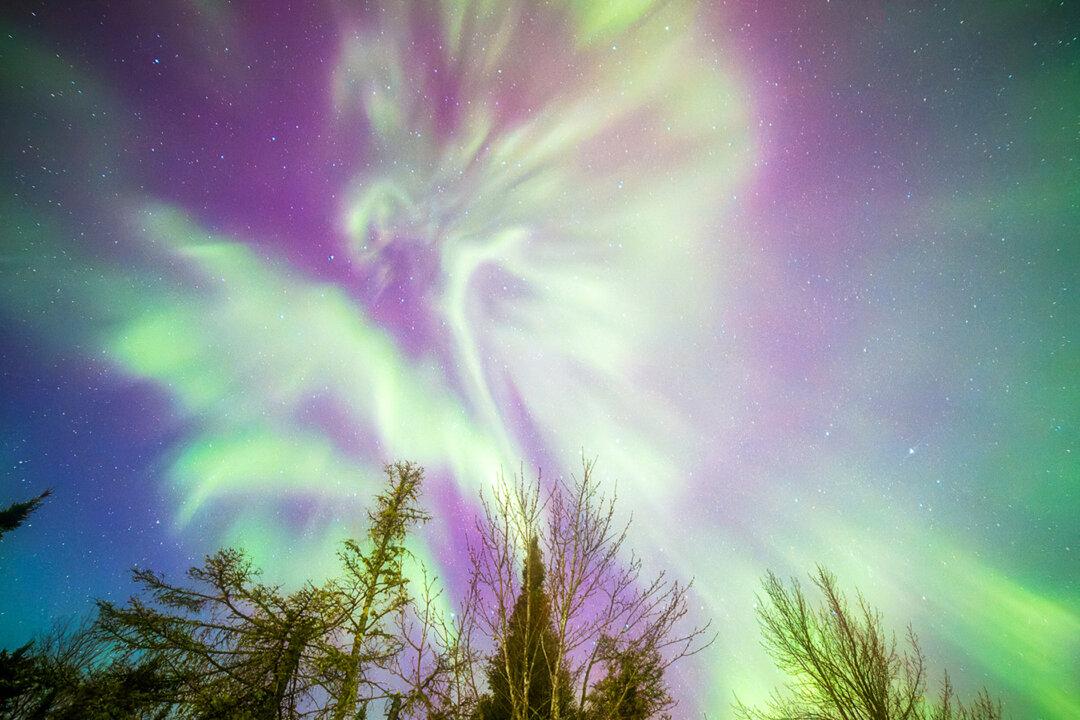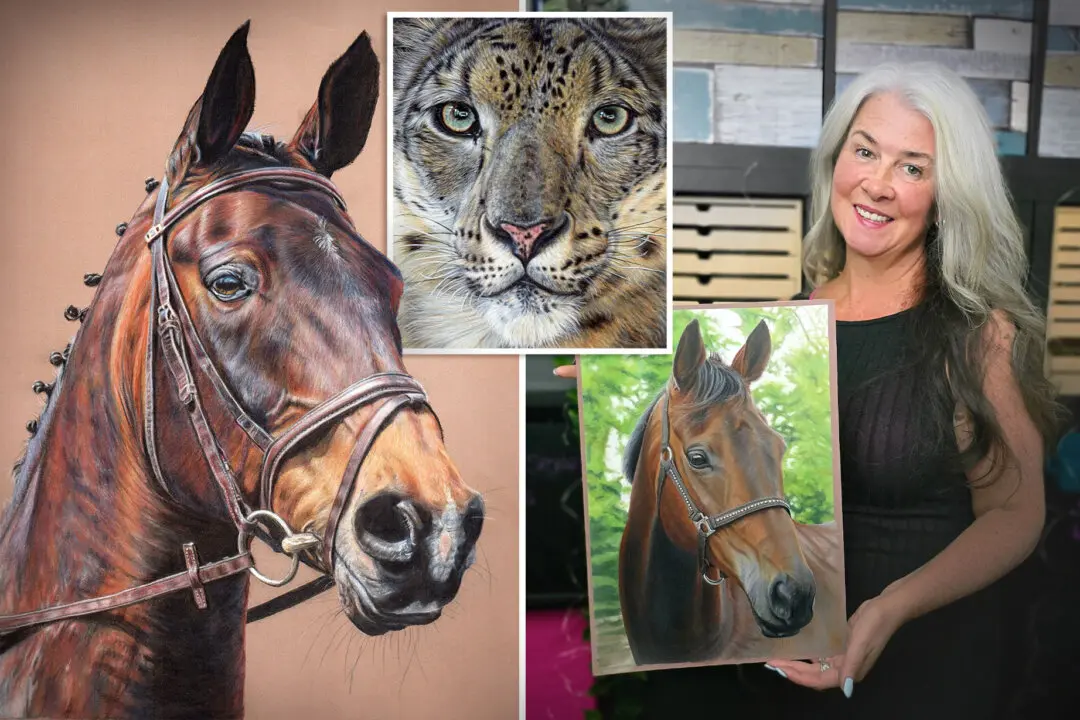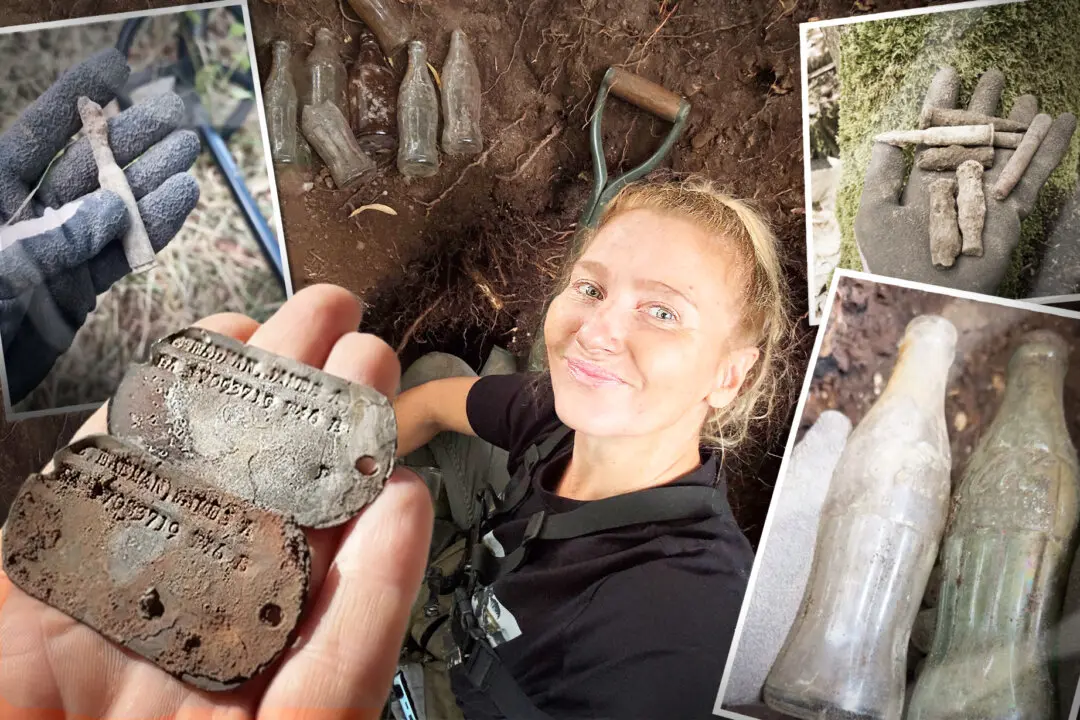Slogging through waist-deep snow, he saw the lights overhead, emerald ribbons dangling on the horizon. “It was going to be a fantastic night,” the photographer, Nicholas Narog, 35, told The Epoch Times. “But it kept getting better and better, and eventually the lights were over my head.”
An accountant by day, Narog, from Minneapolis, knew he had to work the next morning, so he would stay out a couple of hours past midnight and end up snapping some 7,500 images of aurora borealis. The northern lights can be an “almost life-changing experience,” he said. “Seeing the colors come across the sky in waves and bands of lights, and especially as a photographer, it’s very exciting to be able to look at the back of the camera.”






